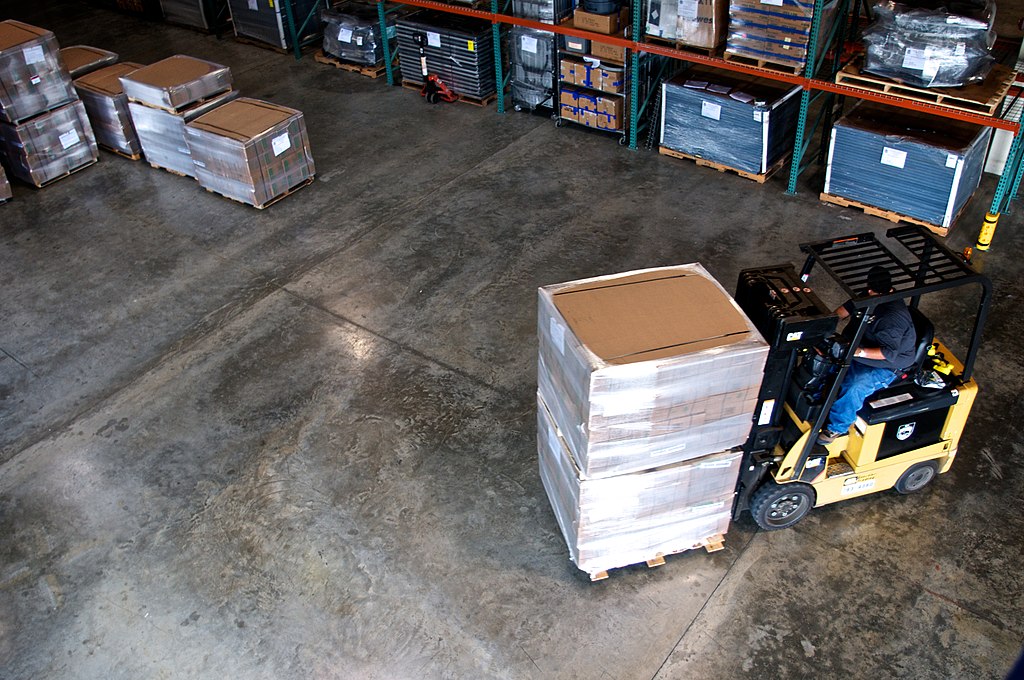As the global economy has evolved, supply chains have become increasingly important. Supply chains allow not only for goods to be shipped domestically and internationally, but they also facilitate the transport of raw materials used in manufacturing. As was demonstrated during the Covid-19 pandemic, small disruptions in supply chains can have far-reaching consequences. The outset of the 2020s proved that logistics professionals, manufacturers and business owners need to place a strong emphasis on supply chain optimization and efficiency in order to keep the global economy moving, especially in times of turmoil.
Utilizing Multiple Sources For Supplies
One way to improve efficiency in supply chain management is to rely on more than one procurement partner. By having multiple sources for materials of the same quality, a minor disruption in one part of a supply chain does not necessarily have to cause a major disruption across the entire logistics network.
Negotiating these deals can be complicated, however, as some suppliers may require contracts to be in place whereby the supplier is granted sole rights to provide materials for a certain length of time. Business owners would be wise to keep options open to improve their odds should disaster strike and cause supply chain disruption. It would make sense to include a clause within any supplier contracts that allows for additional procurement sources to be used supplementally in the event of a supply chain disruption.
Working Locally To Improve Responsiveness
Manufacturers are also encouraged to look for local suppliers in order to improve responsiveness. Although long-distance or global suppliers may be able to provide consistent service and possibly lower prices, they may not be able to make large, drastic changes if immediacy is an issue. Manufacturers would do good to keep in mind that there are many forces at work that can hinder global supplier ability to get materials sent across oceans. Natural disasters, government intervention and bureaucratic holdups are just a few examples of forces that may undermine efficiency when working with a long-distance supplier.
A local or domestic supplier may be able to act in a more nimble fashion in the event that a manufacturing business needs to make changes to standing orders. This allows the manufacturer to react more quickly to market forces while meeting customer expectations. Working with a local supplier may also improve logistics efficiency since less time may be required to obtain materials from a local supplier compared to having supplies shipped in from overseas. There will typically be fewer opportunities for disruptions due to traffic, weather, governmental factors and other issues when working with a local supplier as well.
Utilizing Technology To Improve Efficiency
Supply chain management professionals are increasingly turning to technologies that take advantage of artificial intelligence and machine learning to improve efficiency and optimization. Smart technologies can automatically track the health of a supply chain and make real-time adjustments to compensate for disruptions. Additionally, machine learning can anticipate disruptions before they happen based on pattern recognition and an analysis of historical data. This may be the key to circumventing traditional bottlenecks, or at the very least, clearing them more quickly than could be done in the past.
Tracking technologies also allow packages and containers to be checked in or out at shipping centers with greater accuracy. This ultimately improves efficiency because it reduces the number of delays due to improper package and container registration. When packages arrive at a port or destination, they can automatically be scanned into a logistics management system, and Internet of Things (IoT) technologies can relay messages across large ports and warehouses to make all systems aware of the arrival and location of packages and containers. This allows shipping companies to update customers as to the whereabouts of shipments in real time with greater accuracy.


